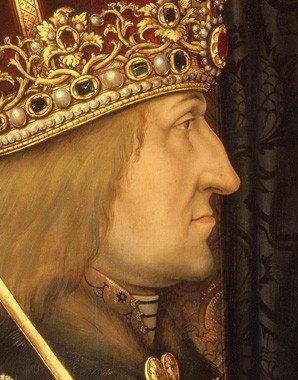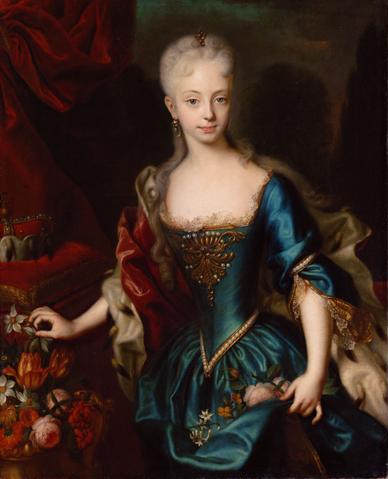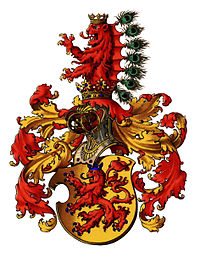The Habsburg Dynasty – a Short History
The Habsburg family was very significant in Europe’s history from the 11th century onwards. They originated from modern day Switzerland but by the 13th century had established themselves within and had become the rulers of the Duchy of Austria.
Thereafter they acquired a host of titles, largely through marriage, including the Kingdoms of Spain (and all its Colonial Empire), Bohemia (modern-day Czech Republic) and Hungary plus other domains. They also acquired extensive “New World” interests particularly in Latin America.
One of the domains ruled by the Habsburgs was the Low Countries, modern-day Belgium, the Netherlands and Luxembourg. The Dutch in the north fought and gained their independence from the Habsburgs in 1648 but the Habsburgs maintained control of the southern Netherlands until the Napoleonic Wars.

In 1440 Frederick III was elected as the Holy Roman Emperor, a position his descendants held until the demise of that Empire in 1806 following Austria’s defeat by Napoleon.
In 1521, Holy Roman Emperor Charles V (also King Charles I of Spain) split his Austrian and Spanish Empires. He kept for his descendants (the senior side of the family) Spain, the Spanish Empire and a string of non-contiguous domains stretching along the Rhine from Northern Italy to the Spanish Netherlands. He gave to his younger brother, Ferdinand I and his descendants, his interests in Austria, the Holy Roman Empire plus the Kingdoms of both Bohemia and Hungary.
This arrangement was further “tided-up” in the secret Oñate Treaty.
In 1700, the senior side of the family died out prompting the War of Spanish Succession in which Louis XIV of France, a member of the Bourbon Family, wrestled control of the Spanish throne.
But following the military successes of the Grand Alliance (consisting mainly of Britain, Austria, the Dutch and a number of Holy Roman Empire domains including Hanover & Brandenburg) which was largely led by Britain’s Duke of Marlborough in key battles like Blenheim and Ramillies, many Spanish Habsburg domains like the Spanish Netherlands came into the Austrian Habsburg’s possession partially as a means of limiting Louis XIV’s expansionism.
Shortly afterwards in 1740, the Austrian side of the family also became extinct in the male line with the death of the Holy Roman Emperor Charles VI, and it became completely extinct in 1780 with the death of his daughter Maria Theresa of Austria.

However, through Maria Theresa’s marriage to Francis, Grand Duke of Tuscany the Habsburg dynasty continued with her descendants in the Vaudemont branch of the House of Lorraine. They called themselves, formally, the House of Habsburg-Lorraine (in German: Habsburg-Lothringen), although they usually referred to themselves merely as the House of Habsburg. They continued as the rulers of Austria, Hungary and other domains with their capital in Vienna until the end of the First World War.
This accounts for:
- The historic interference of both the Spanish and the Austrians in the Netherlands, Belgium & Luxembourg, and
- Hence why today the King of Spain is a member of the Bourbon family and not the Habsburg Family.

